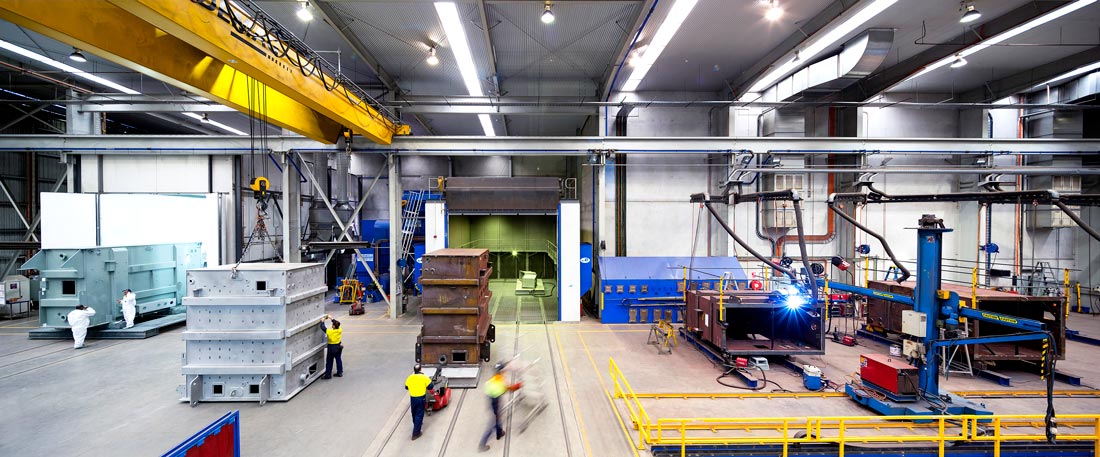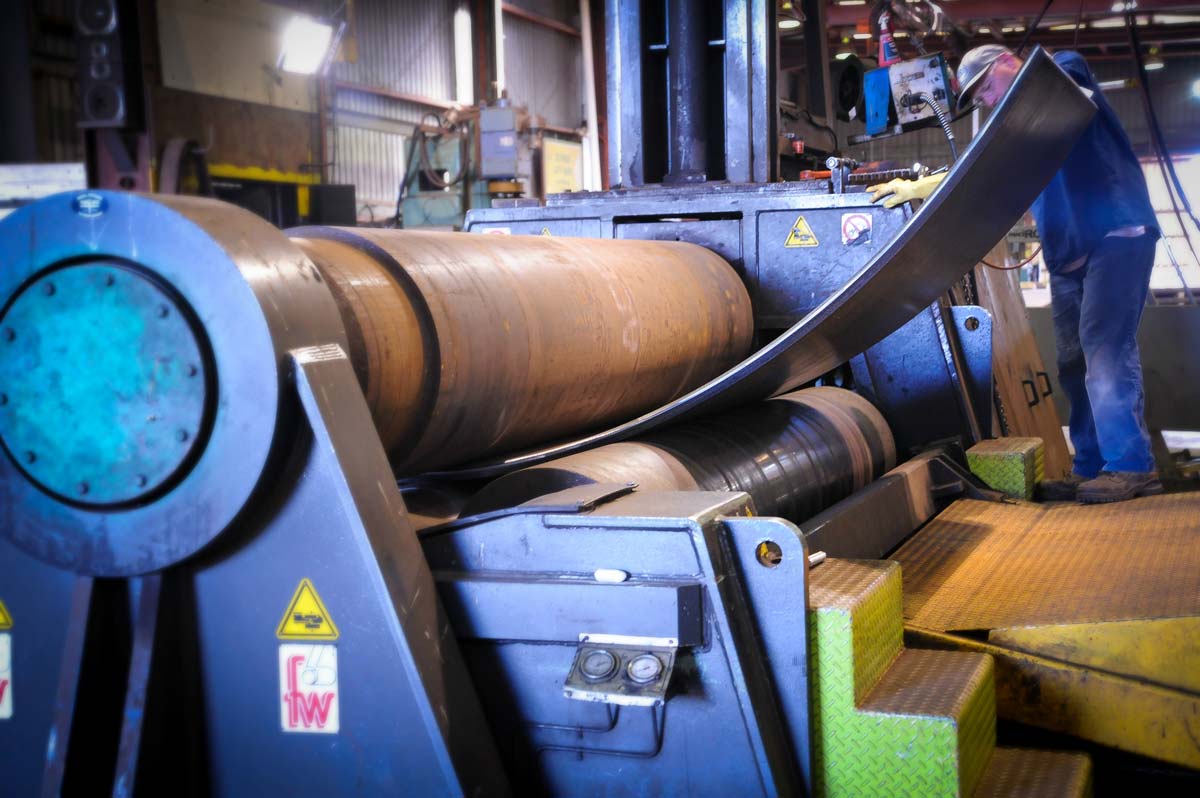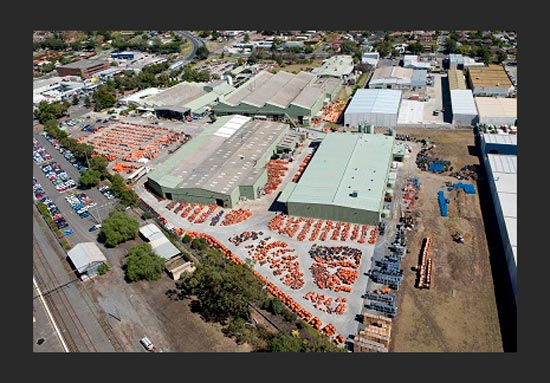The Stawell Times
A massive expansion of Nectar Farms, powered by wind energy, will see more than 1300 new jobs created in western Victoria.In our report ‘Making sure the renewable boom delivers for Victorians’ we show how the Victorian Renewable Energy Target is supporting local manufacturers, and giving them the certainty to invest and grow their workforce.
As part of that report we looked at some specific examples and spoke to the people in charge. The message was clear. Victorians can build the local clean energy solutions to our pollution crisis, but for that to happen we need governments that are willing to provide a vision.
So let’s meet 4 local manufacturers building the clean energy boom.
WILSON TRANSFORMER COMPANY (WTC)
“A strong Victorian Renewable Energy Target is a critical ingredient for Victorian manufacturers” — Ed Wilson, owner of Wilson Transformers.
Wilson Transformer Company (WTC) is a family-owned business that started in South Melbourne in 1933, and now operates in Glen Waverley and Wodonga.
They have provided transformers to projects such as the Waubra, Ararat and Mt Gellibrand wind farms and has seen significant growth in demand for their renewable energy components.
Victoria’s Renewable Energy Target has played a key part in this growth and in their decision to invest $10m upgrading its Wodonga facility.
Credit WTC
Wilson Transformer Company recently built substations for the large-scale battery at Gannawarra solar farm in north-west Victoria.
The substations were designed and manufactured at the WTC factory in Wodonga, and was supported by public investment from the Australian Renewable Energy Agency (ARENA) and the Victorian Government. A great example of how clean energy investment directly supports local jobs and manufacturing.
Read more about WTC, click here.



